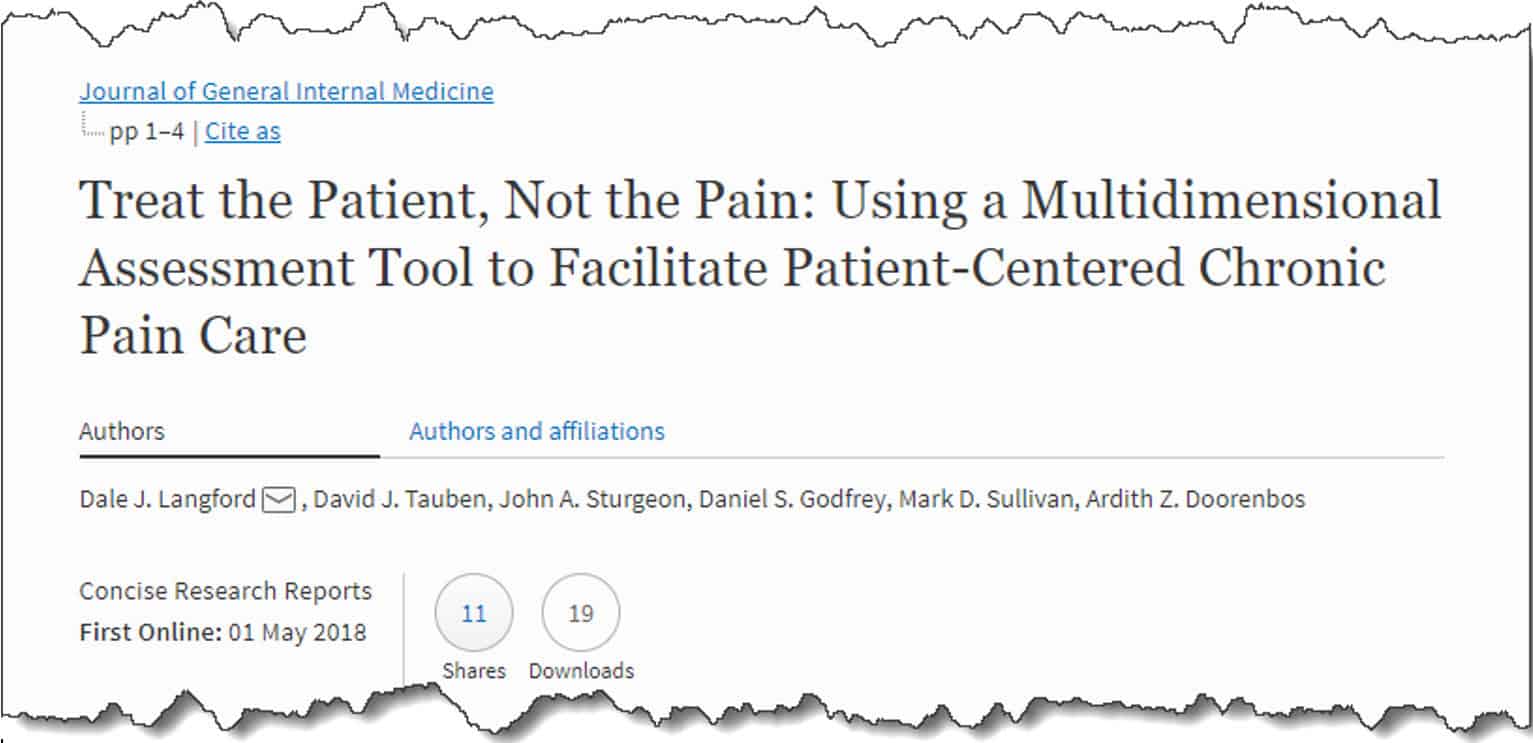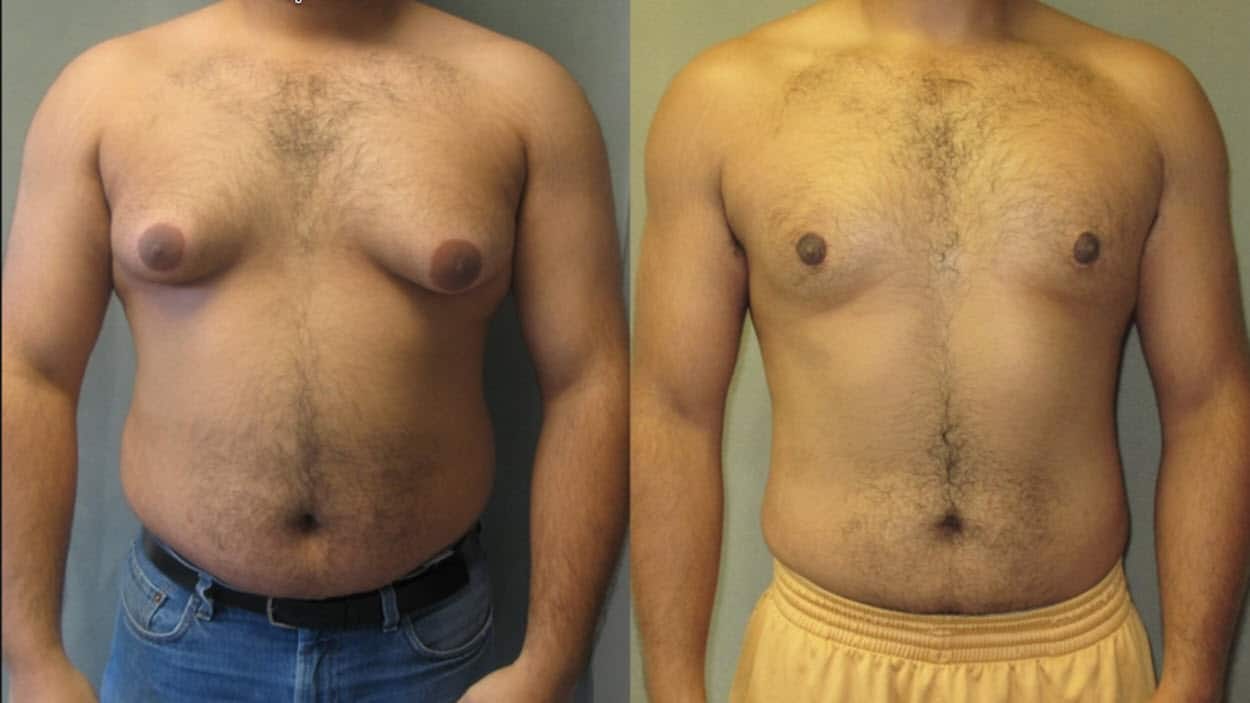
[cmamad id=”17448″ align=”center” tabid=”display-desktop” mobid=”display-desktop” stg=””]
Can this quiz erase pain “better than opioids”?
——Important Message——-
Diabetic? I’m worried that you are taking the EXACT SAME five Big Pharma chemicals that my dad was taking.
Everyone wants to think, “it won’t happen to me,” but that’s what my dad thought too.
It CAN happen to you, it IS happening if you are taking any of these five worst diabetes chemicals.

Here’s where I show you the 5 diabetes chemicals that are most likely harming you
——————-
Pain quiz
Every time you turn on the news in America, they seem to be talking about the opioid crisis.
Lots of people are dying because they’ve gotten hooked on doctor-prescribed Big Pharma pain killers.
The response to this has been to restrict severely the prescribing of opioids in doctor’s offices.
And that’s led a whole lot of people to pretty severe pain circumstances.
Pain is miserable.
And it’s hard to manage effectively.
It can sap your energy and your ability to get things done.
We desperately need new approaches to pain management.
The UW Center for Pain Relief is pioneering a new technique that is showing some really good success in helping patients effectively manage their pain.
And it doesn’t rely on opioids.
In fact, it starts with a simple questionnaire.

Pain can be difficult to treat…
Occasional pain isn’t so bad to deal with.
Most of the time, you can take an aspirin or other over-the-counter pain reliever and get enough temporary relief to get by.
[cmamad id=”17449″ align=”center” tabid=”display-desktop” mobid=”display-desktop” stg=””]
But chronic pain is an entirely different story.
It can set you up for a negative cycle that causes depression. And then depression can make the pain worse.
“People in chronic pain are some of the most difficult patients to treat. They have complex circumstances that medicine can’t always remedy. Pain can be amplified, by depression and anxiety, genetics and quality of life.”
And to make matters worse, pain is nearly entirely subjective.
That means it’s not easy to measure from the outside.
Add to that subjective nature the fact that some people have super-high pain tolerance while others just don’t…
The experience of pain can be hard to pinpoint and define.
“Genetics can also play a role in how people experience pain.”
Understanding the whole pain picture
Interestingly, the approach to pain management that has been so successful at the UW Medicine’s Center for Pain Relief completely reverses the quick in-and-out experience that many people have at doctor’s offices.
They use an in-depth questionnaire to get to the bottom of a person’s pain experience.
“Clinicians and researchers at UW Medicine’s Center for Pain Relief found that an in-depth questionnaire can help immensely [to treat pain].”
This questionnaire is in both digital and paper form.
And it’s filled out by patients with chronic pain conditions.
“PainTracker, as they call it, is an assessment that can be filled out online from any digital device or completed on paper.”
This is important because around half of people with chronic pain have inadequate pain management.
“[The study authors] estimated that 40 to 60 percent of patients with chronic pain have inadequate pain management.”
After implementing this form, doctors found that one of the main problems with pain management in the traditional “give them meds” type of approach is that it only addresses the surface issue.
It doesn’t go any deeper to help the patient.
“This lack of progress may partly be due to the multidimensionality of chronic pain, which is not routinely incorporated into its assessment and management…”
In one of the case studies, the patient was able to get better relief from chronic pain by addressing several issues that contributed to the pain and created some of the pain.
“The patient found relief with sleep-hygiene training and resilience training from the center’s clinical psychologist. Under the center’s direction, he sought out functional rehabilitation sessions from a physical therapist. He took yoga at a studio and mindfulness classes led by one of the center’s physicians.”
Without the questionnaire, the doctors would not have known to help the patient get to the rehab, the sleep training, and the resilience training that helped so much.
The good news is that this questionnaire was easy to use.
AND more importantly, it helped patients be more involved and responsible for their own outcomes.
“A sample of primary-care providers (N=30) found an early version of PainTracker easy to use (70 percent) and thought that it helped patients to participate in their pain management (77 percent).”
If you have chronic pain, it’s a good idea to take a look at any underlying issues that may be causing it in order to get relief.
Don’t ever stop advocating for yourself.
And don’t let doctors simply blow off your pain.
You can and should get relief.
——Important Message——
How to know if you have high estrogen (without going to the doctor)
Men with high estrogen have hanging man boobs (gynecomastia), poor muscle growth, low sexual performance, and low motivation.
If you’re experiencing these symptoms, there’s a quick way to fix them and get your estrogen under control.
You see, certain fat cells in the body spew out estrogen – they’re like small “estrogen factories”…
But a few simple ingredients shut down those “estrogen factories” and even destroy the fat cells, making you thinner and more manly.
And look at the difference when it’s fixed:

This simple daily practice has been shown to SLASH estrogen levels, SLASH internal inflammation…
…and it results in rocketing testosterone levels.
Click here to fix symptoms of low estrogen
———————-


Leave a Reply